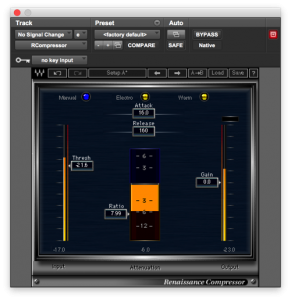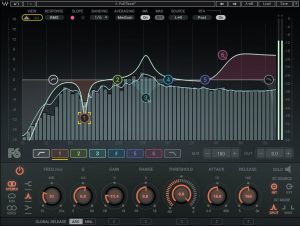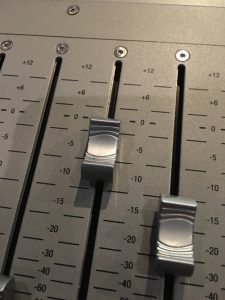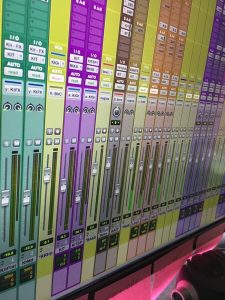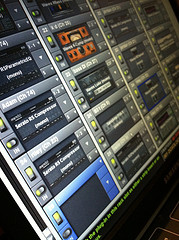
QuickTip: Prioritized DSP
I’ve got a lot going on this week with rehearsals for a big outdoor event on Friday night, a potential new project starting, and all the normal Sunday stuff. So here’s a quick tip that’s relevant for me this week.
For the show I’m mixing Friday night, I’m most likely going to be working on a system without the usual amount of DSP I have available. I rarely use all my DSP, but I have 7 lead singers in the show which is going to stretch things a bit.
When working with DSP limits, it sometimes helps to know how the system assigns the processing because it doesn’t always work in the same nice way we might like to organize things.
For example, it’s nice to take the plug-in racks in the Avid VENUE and dedicate each one to different instruments or different types of processors like dynamics or EQ’s. But plug-ins load on the Avid VENUE from top to bottom starting with the first/left-most rack and then continue to each of the additional racks in order from left to right. When you run out of DSP while loading a show, it’s the last rack that is most likely to suffer.
So, I always put my mission critical stuff in the VENUE’s first rack. For me, these are things like system processing and things I’m using to do any special routing within the console. I’ll also put any processing for whoever might be speaking on a Sunday in there. Then I follow through the racks placing things that are most important to me closer to the top and left in the racks and less important stuff towards the bottom of the last rack.
My last plug-in rack is mostly for special FX stuff that’s nice to have, but not necessary to mix. These are things like sub-harmonic generators, additional overdrive for the B3, and some of my other analog saturation stuff that may or may not get used on a regular basis. I will miss some of these things if I don’t have them, but they aren’t as important as some of the stuff I like to use on vocals or the comp’s I like for my drums.
But this isn’t just a VENUE thing. Whenever I work in open-architecture DSP programs, I follow a similar approach when designing systems. I always start with the things that are most important and add the less important stuff later in the process. If I run out of DSP, I simply undo the last thing I added.
DSP has definitely given us a lot of flexibility for processing, but like all things, there are still limits. If you’re working with tighter resources than you’d like, figure out how things get loaded in the system, prioritize your processing, and load things by priority.


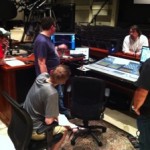 Previous Post
Previous Post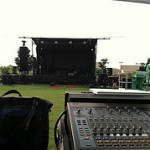 Next Post
Next Post